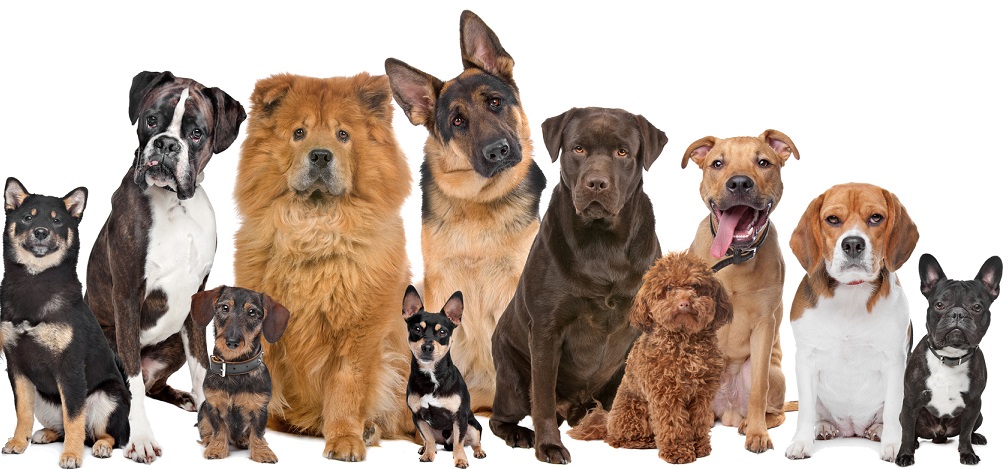Dog Training at home can save you time and money if you do it right. With this program, you learn how to train your fur baby in the comfort of your home. Hiring a trainer can be quite expensive, and to be honest, you don’t really need to. Training a dog is certainly the hardest part of owning a dog. But this program makes it a lot easier. In addition, you develop a special bond with your dog.
Training the wrong way
Why are dogs so hard to train. The reason people are having so much difficulty training a dog is that they’ve been doing dog training the outdated way. It’s not their fault though. The fault really lies with all the bad dog training information that’s out there on the Internet and elsewhere. Most people start training their dogs using verbal cues or commands like SIT, STAY, etc. Because that’s what they have been taught to do by numerous books on dog training and by all the videos they’ve seen on the Internet. Starting your training using verbal cues sets your dog up for failure. Dogs that are trained only using verbal cues never get trained properly. Or at least, the training doesn’t last long.
Dog Training at Home-the best way
Dogs are best trained by using body language. Now, this doesn’t mean that you should never use verbal cues. What it means is that you should always START your dog’s training using body language. Later on, you can bring in a verbal cue to reinforce your dog’s training. So how do you train your dog using body language? I have been using this fantastic workshop and have learned how to do just that! The workshop is designed to help dogs like yours have the same level of calmness, obedience and impulse control as service dogs.
It’s being conducted by Dr. Alexa Diaz (one of the top service dog trainers in the U.S.) and Eric Presnall (host of the hit Animal Planet TV show “Who Let the Dogs Out”). Frankly, the techniques described in the workshop are fairly groundbreaking – I haven’t seen anyone else talk of these techniques. This is because it’s the first time anyone has revealed the secret techniques used by the service dog trainers.
In the workshop, you’ll discover:
- How to train your dog using body language, rather than verbal cues
- The 3 key techniques that service dog trainers use to train dogs, and how you can use them.
- The most important step that dog owners have been missing (this is very important to get your dog’s attention, and it works 100% of the time)
- How to stop bad behaviors like excessive barking, pulling on the leash, jumping, etc.
- Why a lot of dog owners are unable to establish the amazing bond that service dog trainers have with their dogs
The tips shared in this workshop work on ALL dog breeds – from small breeds like Pomeranians and Chihuahuas to large breeds like English Mastiffs and Great Danes. I have been using it with my Shephard/ Rott puppy as well as my 11 yr old Lab and love it! They are much more attentive then ever!!
Also, puppies as young as 6 weeks old, and previously untrained adult dogs as old as 13 years, have been successfully trained using these techniques. It’s not a live workshop – rather, it’s a pre-recorded workshop, which means that you can watch it at your convenience. I loved the workshop so much that I wanted to share it with you immediately. Check out the workshop here.
Dog Training at Home
I just learned something super-interesting from this workshop (a website that helps regular dog owners have dogs that are as well-behaved as service dogs).
When dogs communicate with each other, they primarily use body language. They only use vocalization to make their body language more dramatic. So if we want to communicate with our dogs, we need to communicate with them using language THEY understand. And the language they understand is body language. That’s exactly why service dog trainers train dogs mainly using body language.
Now, this doesn’t mean that service dog trainers never use verbal cues. What I mean is that service dog trainers always start a dog’s training using body language. Later on, they use a verbal cue to reinforce the dog’s training. But the verbal cue is only brought in much later after the dog has already been trained initially using body language.
Teach Your Dog To Come
As you will see when you sign up to watch this online dog training workshop, getting your dog to come when called becomes easy when you follow the principle of first training using body language and only then adding the verbal “COME” cue. All that you need to do is to first train your dog to come to you by making a rapid, sweeping movement with one of your arms. Even though dogs don’t see well at a distance, their eyes are very good at picking up fast movements at a distance. And then, only after your dog consistently comes to you when you make the sweeping movement should you introduce the verbal “COME” cue.
Obviously, there’s a lot more involved in training the COME cue, but this should help you get started. And eventually, once your dog is fully trained, you won’t even need to make the sweeping movement with your arms – your dog will always come to you as soon as you say “COME”.
But the only reason they will eventually come to you every time you give the verbal cue “COME” is because of all the training involving body language that you had done earlier. Now, what if you have already started training your dog using verbal cues? That’s not a problem, because your dog can easily unlearn their previous training and master the new training that you’ll learn in this workshop.
Here are a few examples of what they’ll be covering:
- The 3 key techniques that service dog trainers use to train dogs, and how you can use them too
- How to train your dog using body language, rather than verbal commands
- How to stop your dog from barking excessively
- Why service dogs behave so well when walking on the leash without pulling even once
- How to stop bad behaviors like jumping
This is for you if:
- You want to get your dog to listen to you – every time and without fail
- You’ve tried everything out there to train your dog, and you’ve been completely frustrated at the lack of results
- You want to get that special bond with your dog that only service dog handlers have with their dogs
If that sounds like you, this new training is a must.




